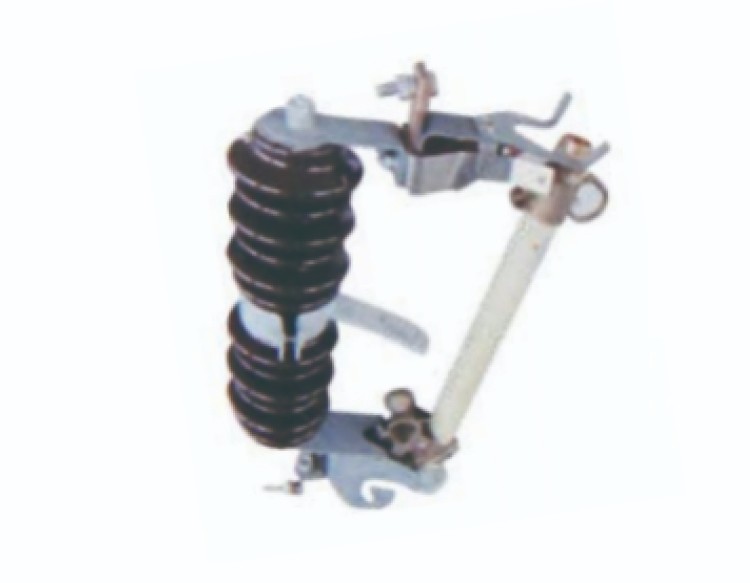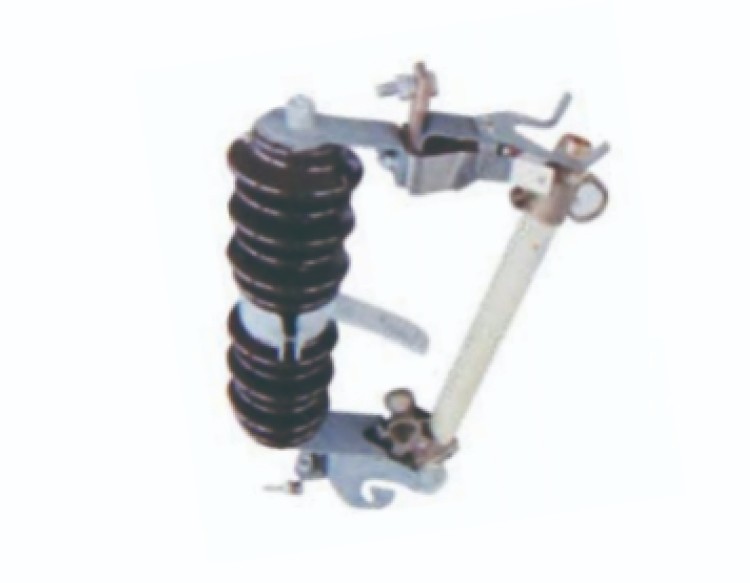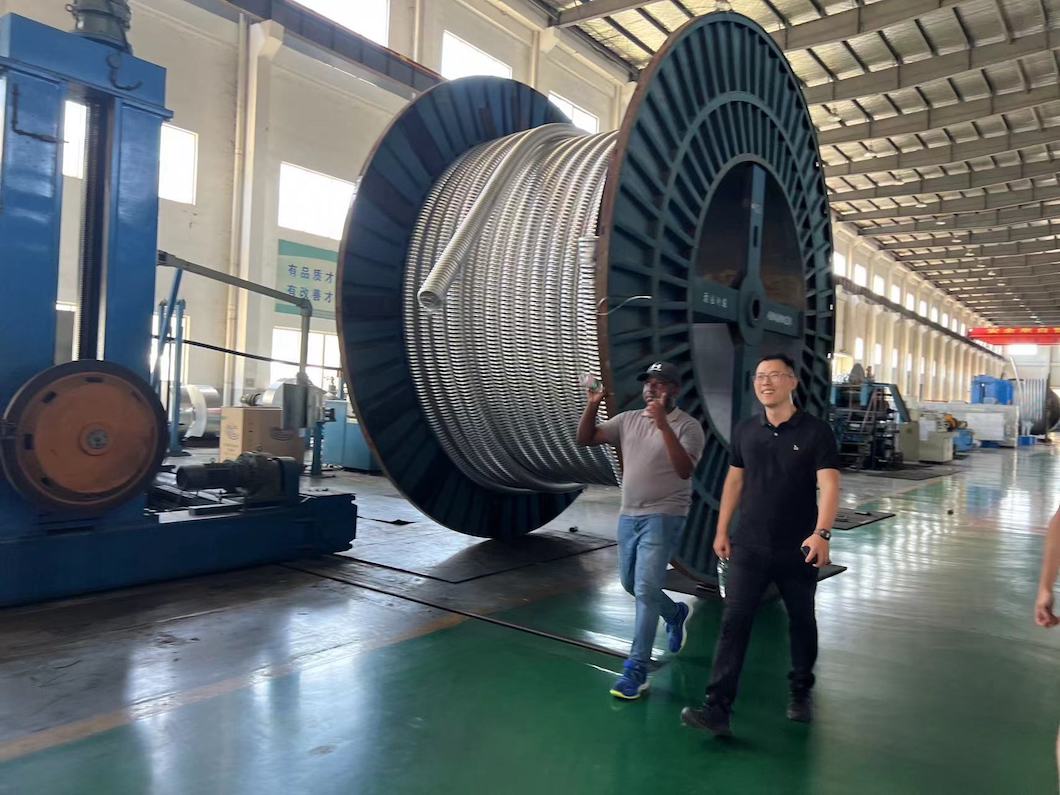| Type | Rated voltage (kV) | Maximum operating voltage (kV) | Rated current (A) | Breaking current (kA) | Power frequency dry withstand voltage (kV) | Power frequency wet withstand voltage (kV) | Impulse voltage (kV) | Creepage distance (mm) | Weight (kg) |
| PRWG1-12/100 | 10 | 12 | 100 | 6.3 | 50 | 35 | 85 | 315 | 8.6 |
| PRWG1-12/200 | 10 | 12 | 200 | 8 | 50 | 35 | 85 | 315 | 8.8 |
1.Rated Voltage: The rated voltage for this fuse cutout can vary, but it is commonly available for 10 kV, 15 kV, 27 kV, 33 kV, and 36 kV systems. It serves as a protection device to safeguard the power system from overloads and short-circuit failures.
2.Current Rating: The rated current for this fuse cutout can also vary, but one example is 200 A. This value indicates the maximum current the fuse can handle without tripping.
3.Breaking Current: The breaking current (also known as interrupting current) specifies the maximum fault current that the fuse can safely interrupt.
4.Impulse Voltage: The impulse withstand voltage (peak value) represents the ability of the fuse to withstand transient voltage surges caused by lightning or switching events.
5.Power-Frequency Withstand Voltage: This parameter indicates the fuse’s ability to withstand continuous power-frequency voltage.






















